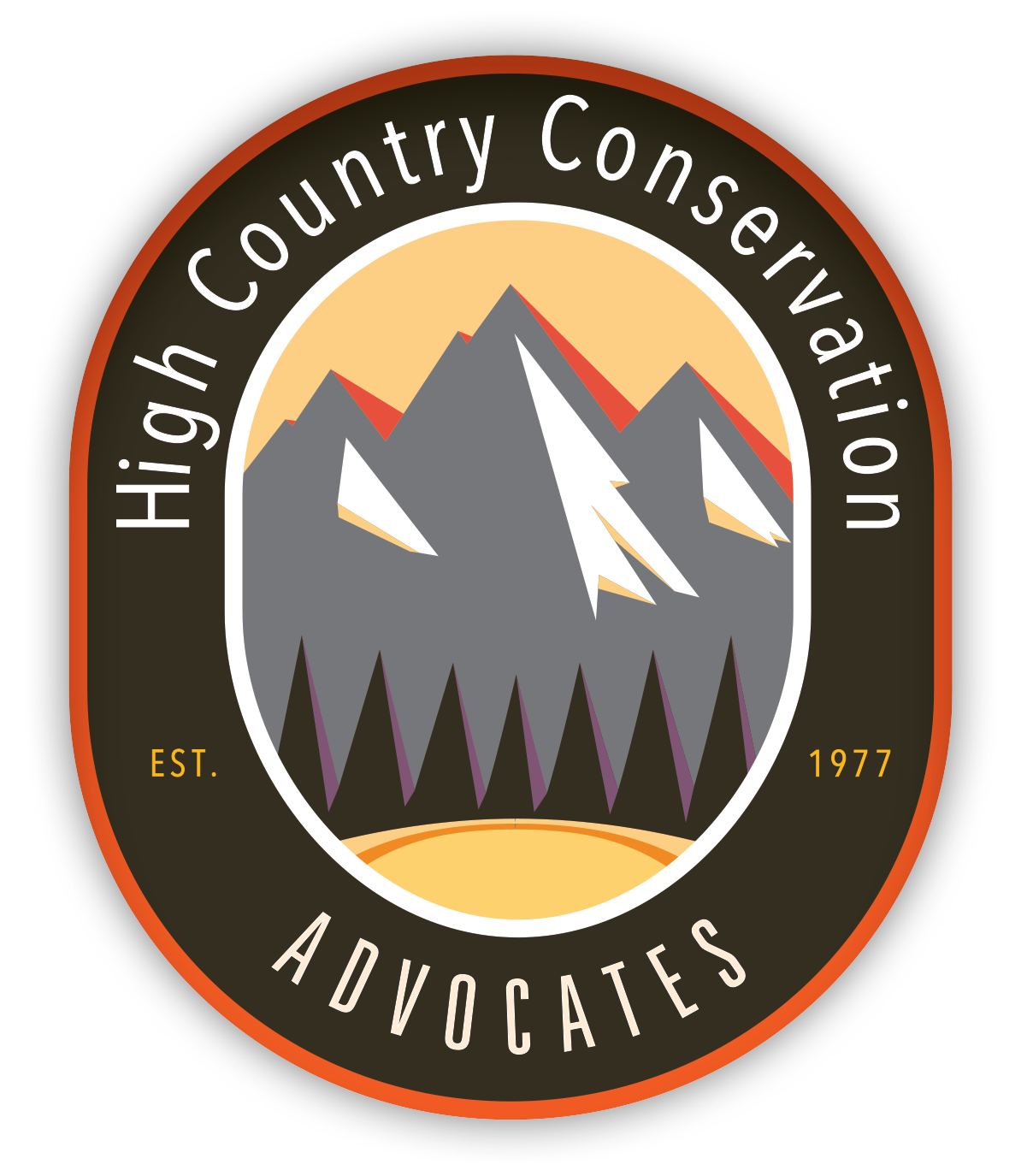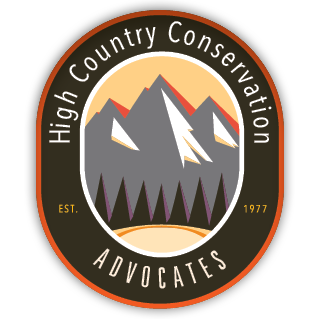
Recreation and Travel
Hiking, horseback riding, mountain biking, and motorized use are all modes of travel that may be allowed on specific trails and routes on public lands.
HCCA participated in the 2010 Travel Management Plan (TMP) process and engages in summer and winter recreation issues with the goal of maintaining an environmentally sustainable recreation system on our local public lands. HCCA is generally supportive of human-powered recreation as practiced in appropriate areas and subject to appropriate environmental review. Appropriate review is critical for ensuring that recreation is compatible with wildlife and other resource values.
The 2010 Gunnison TMP aptly characterized the agency’s role in considering new recreation and travel opportunities:
“It is not the agency’s obligation to provide increasing and unlimited ‘supply’ to respond to increasing ‘demand’ for all recreational activities. Rather the agencies’ are tasked to provide quality recreation opportunities in those areas where it is appropriate based on other multiple-use concerns such as wildlife habitat, watersheds, fragile ecosystems, and desires for other forms of recreation including ‘quiet’ recreation.”
HCCA adheres to the belief that the best course of action is to avoid impacts whenever possible, emphasizing no new development in priority habitat areas. Avoiding new trails in these habitats would be preferred. If that is not possible, impacts should be minimized and/or mitigated. In some places, specific modes of travel can cause damage that takes decades for the land and wildlife to recover. To prevent such damage, agencies use travel management planning to balance human travel with other resources and values on public lands, such as clean water, clean air, and healthy wildlife.
Human activities related to trails have varied effects on wildlife species depending on many factors, including the level of human use, the type of activities, habitats involved, time of day or season, and the species affected. Essentially all activities related to trails will have an effect on wildlife. The widespread, detrimental impacts of human disturbance on wildlife are well documented in the literature. No positive benefits to wildlife have been identified from increases in travel management access. Direct and indirect effects on wildlife that have been identified in the literature indicate negative impacts on all studied species as motorized, mechanized, foot, and horse uses increase. Loss of quality or quantity of habitat, disturbance or displacement of species, physiological reactions to stress, and exploitation of specific wildlife species are examples of general effects of human activities related to roads and trails on wildlife species.
We look forward to community involvement throughout recreation and travel planning and projects so we can work together to achieve results that are protective of wildlife and natural resources while also supporting recreational opportunities.
Below are a few helpful links to provide some background on travel management and public lands recreation.




